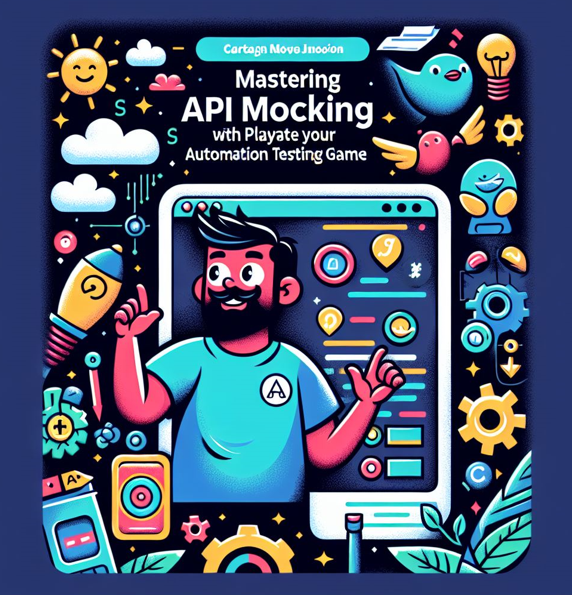Member-only story
Self-Healing Tests: The Future of Stable Automation
Test automation has significantly improved software quality, but maintaining stable tests remains a major challenge. Flaky tests — those that fail intermittently due to dynamic elements, timing issues, or unexpected UI changes — are a major bottleneck. Self-healing tests powered by AI can automatically adapt to UI changes, reducing maintenance overhead and improving test stability.
With the rise of AI-powered test automation tools like Playwright, the community is integrating Generative AI (Gen AI) to enhance self-healing capabilities. This article explores how Playwright’s AI features can auto-correct flaky selectors, reduce maintenance efforts, and ensure long-term test reliability.
Why Self-Healing Tests Matter
The Problem: Flaky and High-Maintenance Tests
- Dynamic Selectors: Web elements often have changing attributes (e.g., auto-generated IDs, dynamic classes).
- UI Changes: Small UI updates can break multiple tests if they rely on brittle locators.
- Slow Debugging: Engineers spend hours fixing broken tests due to outdated selectors.
The Solution: AI-Powered Self-Healing Tests
Self-healing automation frameworks use AI to detect and replace broken selectors dynamically. Instead of failing, AI-powered tools intelligently adapt, reducing test maintenance time.
Playwright AI: From Basic to Advanced Self-Healing Capabilities
Playwright is at the forefront of AI-powered test automation. The Playwright community is actively improving self-healing capabilities using Gen AI, making Playwright an industry leader in stable automation testing.
Basic Self-Healing in Playwright
Playwright provides built-in auto-retries and adaptive selectors to handle minor UI changes.
Example: Auto-Retry for Flaky Elements
const { test, expect } = require('@playwright/test');
test('Auto-retry on dynamic element', async ({ page }) => {
await page.goto('https://example.com');
await page.locator('#dynamic-button').click({ timeout: 5000 }); // Retries if not found immediately
await expect(page.locator('#confirmation')).toBeVisible();
});







